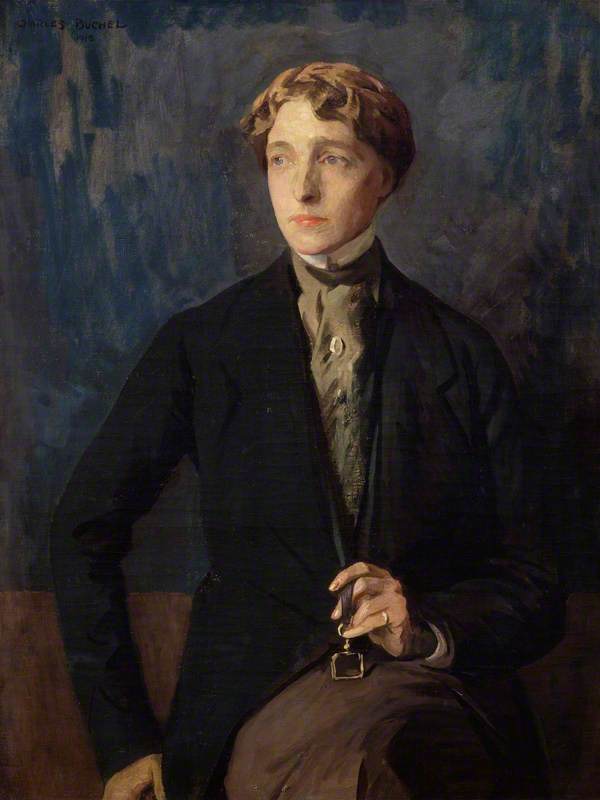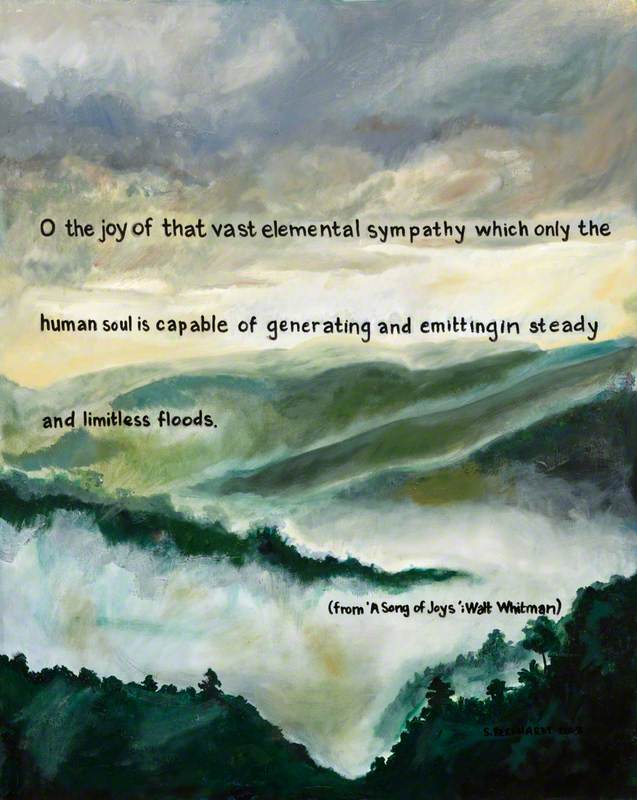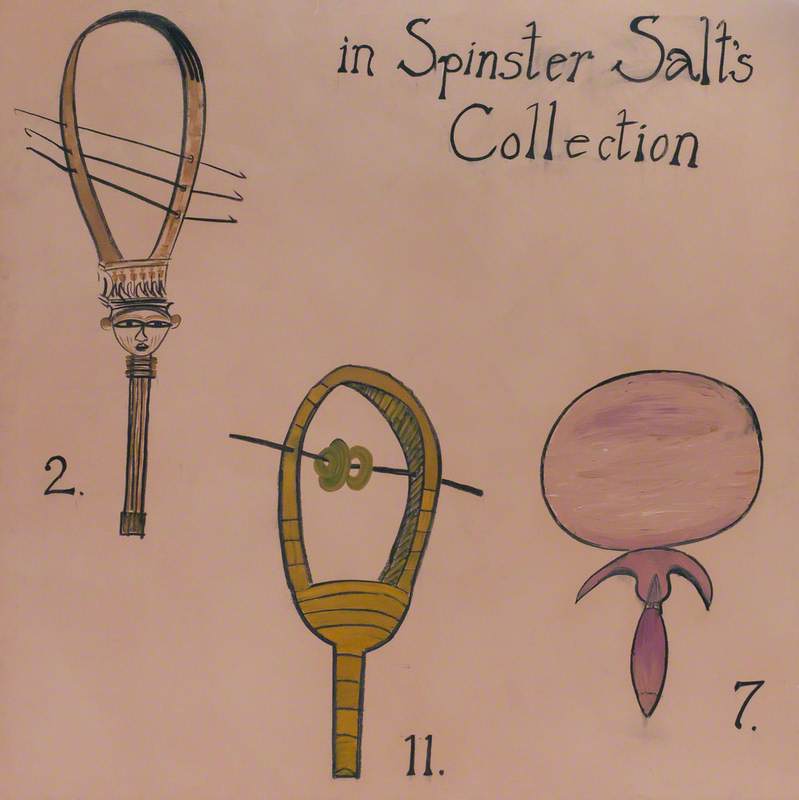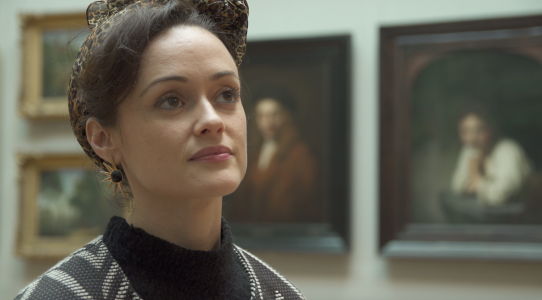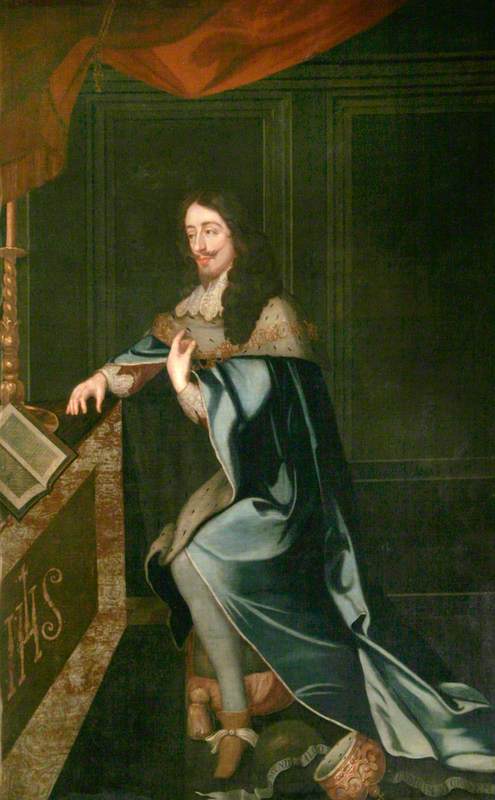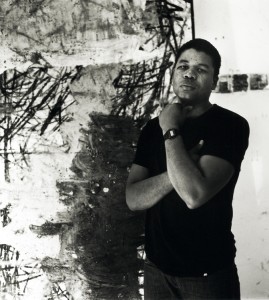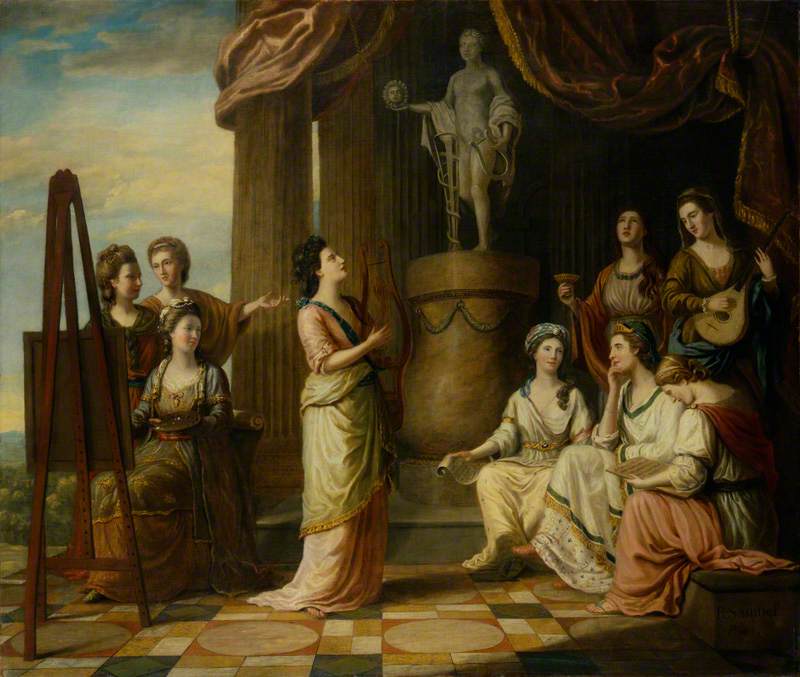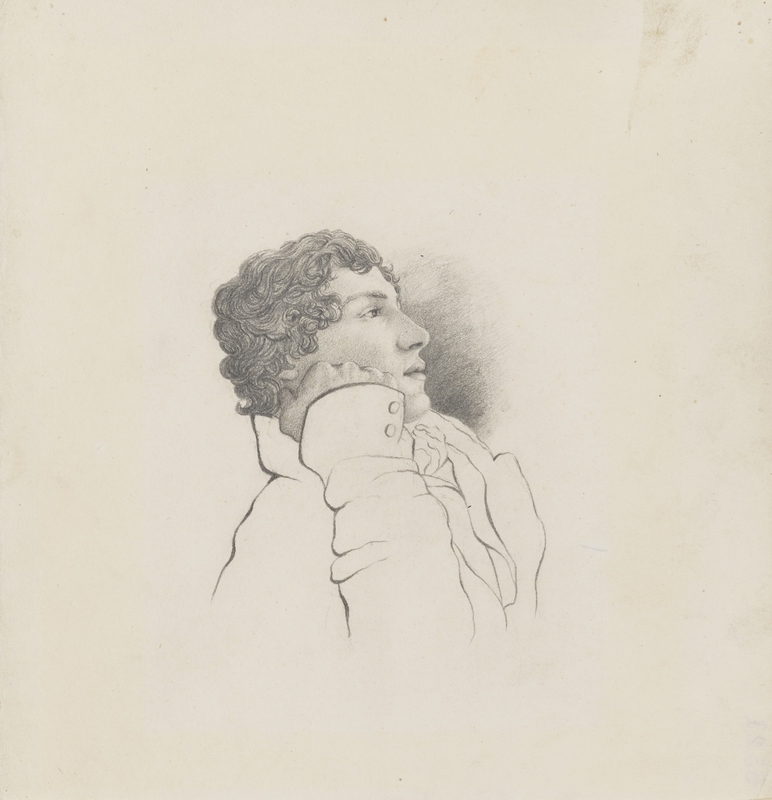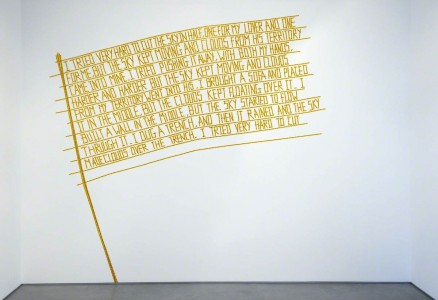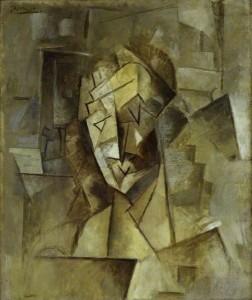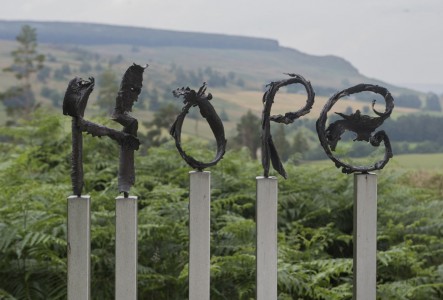We challenged four poets to create an original piece inspired by a painting of their choice from Art UK.
You circle your sofa with constellations as if being awake in this space is punishment enough. And you walk and talk in these tones emptier than the stars that you draw.
The painting: The Honourable Frances Courtenay, Lady Honywood (b.1763), and Her Daughter by Joshua Reynolds
The Honourable Frances Courtenay, Lady Honywood (b.1763), and Her Daughter
1784
Joshua Reynolds (1723–1792) 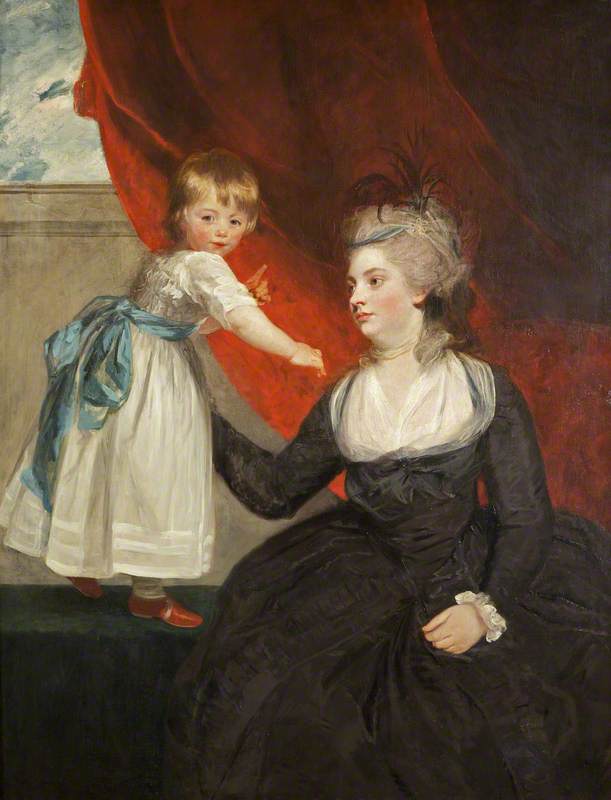
This double portrait of a mother and child depicts Lady Honywood, the eldest daughter of William Courtenay, the second Earl of Devon. The portrait was probably painted as a gift to her family after she had settled with her husband, Sir John Honywood, in Kent. Sir John Honywood was a politician, who became an MP for Steyning, Canterbury and Honiton (three different seats) over a period of 22 years. He and Lady Honywood had one son and six daughters.
This portrait is noted in 1784 in Sir Joshua Reynolds’ pocket book where he would make appointments for sittings. It was exhibited at the Royal Academy that year, where it was acclaimed by the art critics of the day.
Reynolds is at his most subtle in this intimate study of a mother and daughter on a grand scale. He has contrasted the ruddiness of the child’s complexion and shiny hair with her mother’s rouged cheeks and powdered hair. The pose is unusual, showing the mother’s tender support for her child as she takes tentative steps while looking boldly back at the viewer.
(Information courtesy of Bristol Museum & Art Gallery)
The poet: Sophia Thakur
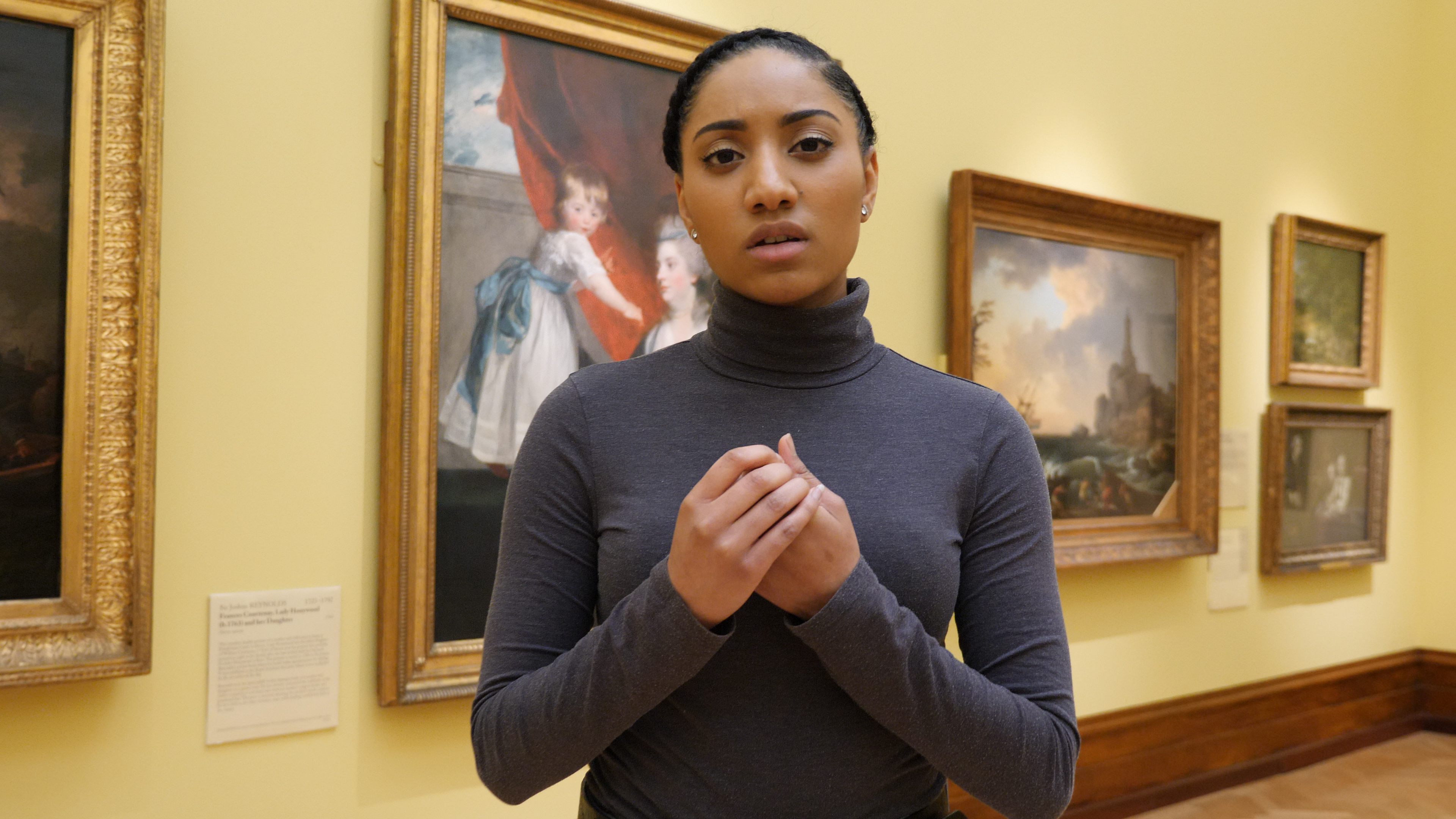
Sophia's work includes two TEDx talks, campaigns for the BBC, ITV, Channel 4, SBTV, MTV, YouTube and Walkers Books, and her own personal projects.
She asks only one thing of her audience, be that online or inside a venue: and that is to allow themselves to be moved. So prepare yourself – in any way that you must – to be moved by her words.
I wrote about mental illness with the hope that other people will feel more comfortable telling their story.
What drew you to the painting you chose?
The mother looked so distant from her daughter, and the daughter looked so worried. There was just so much emotion portrayed in this painting. I would have loved to sit down with the artist and really ask him what his vision was for the picture. The narrative could literally be so many things, but I chose mental health.
Why did you choose to write about mental health?
It's such a taboo in mainstream media, yet it affects almost one in five people. I wrote about mental illness with the hope that other people will feel more comfortable telling their story, or at least admitting that they have an illness. Our mental health has been kept to ourselves for so long and it's so so so dangerous. We need to get more people talking about it.
What were the challenges in writing a poem specifically about a painting?
The painting could be about anything. You sort of reach a point when writing that you have to decide that THIS is the story that you're going to run with. Making that decision is weird because you don't want to step on the artist's toes or completely misinterpret his vision. At the end of the day, however, art is about expression and interpretation. Accepting that is hard but it makes the writing process a lot easier once you have.
How long have you been performing poetry?
Years. Years and years and years. I'm 21 but I've forgotten the times in my life where I didn't write.
What would your advice be for someone trying performance poetry for the first time?
Really go for it. Make a decision before you go on stage that you are going to enter mind place, and really go for it. Give it your everything, leave it all on the stage. If you are able to do this the first time you perform, you will only ever grow as a performer. It's about being honest on stage, and I know so many artists forget this. The audience responds to realness. So be honest, be open, be bold and be vulnerable.
Where can people see more of your work?
My YouTube is probably the most active platform, and I also have work on SoundCloud and Tumblr.
The gallery: Bristol Museum & Art Gallery

The art at Bristol Museum & Art Gallery is wide-ranging: you can browse paintings by Italian and Dutch Masters, British and European works from the eighteenth and early nineteenth century, Victorian art, Eastern art, Modernist work and contemporary art – and, of course, works by the Bristol School of Artists.
All of this art is in good company, as the gallery (on the second floor) sits under the same roof as the museum's other collections which include dinosaurs, Alfred the stuffed gorilla, rocks, minerals, and ancient Egyptian and Assyrian artefacts. So you can take in the works of notable artists Lucien Pissarro, Lucas Cranach, Thomas Gainsborough, John Constable and Victor Pasmore: and then stop off to see 'the best-preserved dinosaurs ever found in Britain'.
Explore more
If you're feeling inspired, you can explore art near you by finding your closest venue: there are museums, galleries and more from all over the UK.
Or, you can keep exploring artworks online. You could look at more paintings featuring mothers, read the story behind Joshua Reynolds' The Ladies Waldegrave, or perhaps go for something completely different: try searching for topics on the artwork page. For more poetry, take a look at Sabrina Mahfouz's poem inspired by Boats in a Storm.
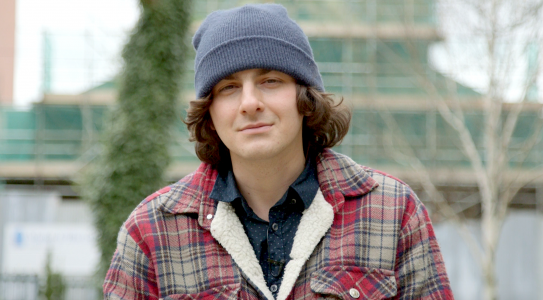
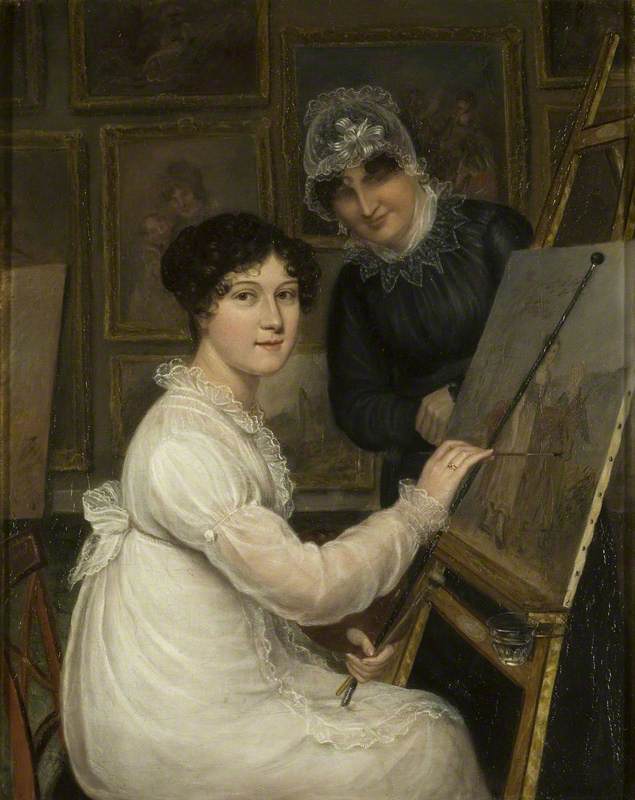
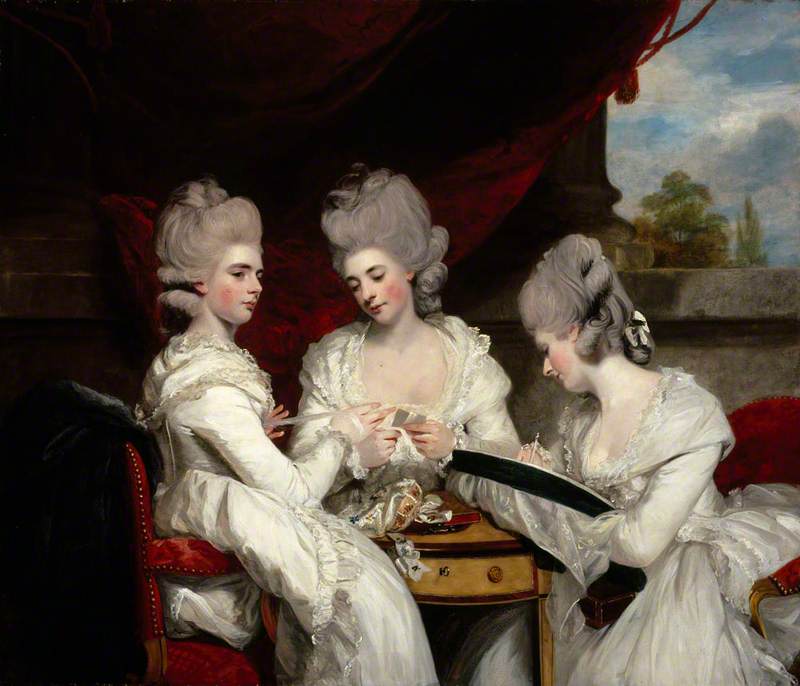
.jpg)
